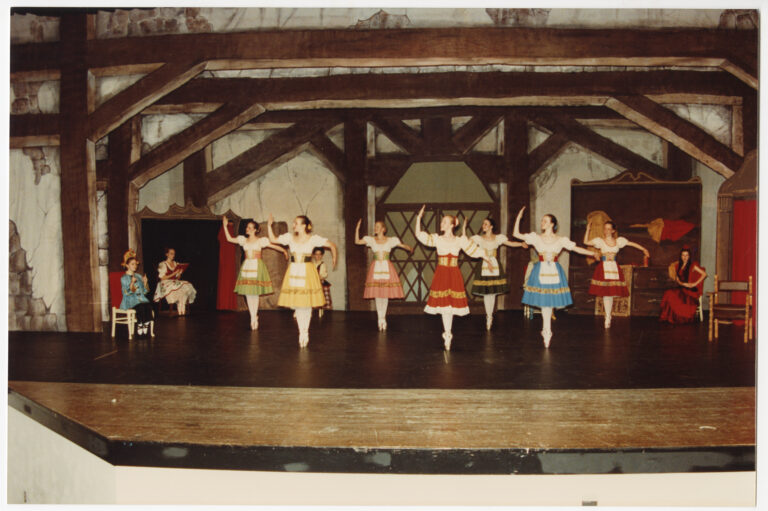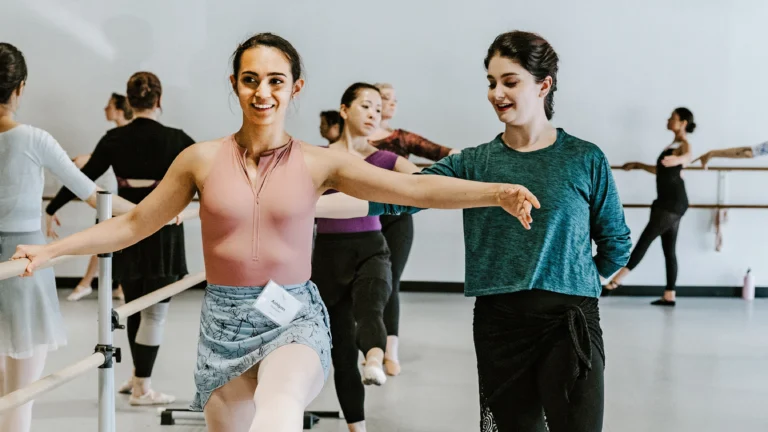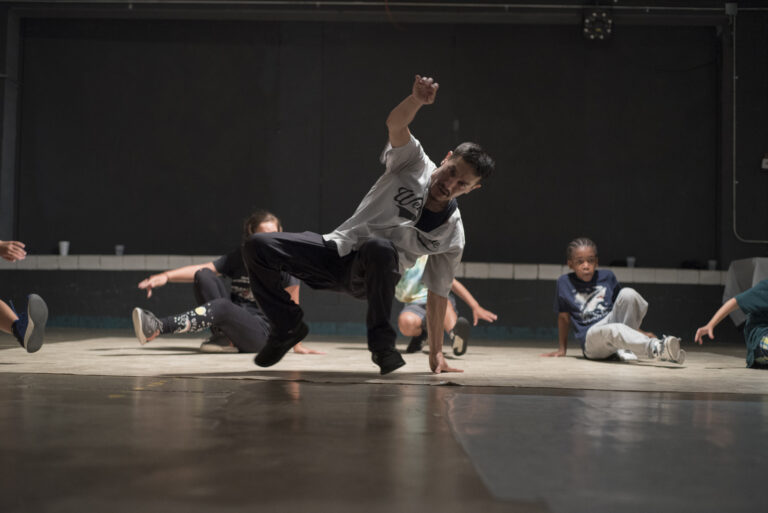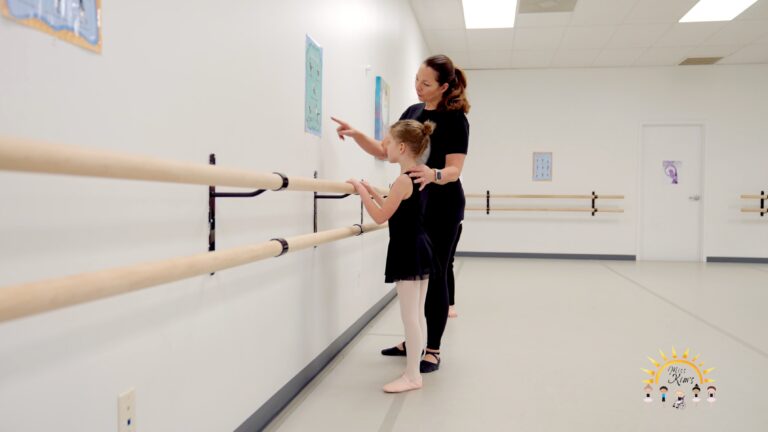
Marketing is a vital part of operating and sustaining your business, but figuring out what works best for your studio requires creativity and trial and error. The good news is that today—thanks to technology—it’s easier than ever to use DIY marketing. Below, learn from the experiences of four studio owners: how they tackled different marketing strategies and what did (and didn’t) translate into paying customers—plus, advice from an expert on how to up your game.
1. Refer-a-Friend
How it works If a current student brings in a new referral who signs up for classes, the current student receives a credit toward her tuition.
Why it works This marketing tool is powerful because it relies on your existing customers’ trust in recommending your business to their friends and family. Plus, it rewards loyal customers.
At Samantha Gobeille’s Arizona Dance Artistry, both the current and new student receive $50 toward tuition. “It gets people excited,” says Gobeille. “It boils down to the best kind of marketing: word of mouth.” She splits the credit over the course of two billing cycles. (That way, if the new student decides not to complete the whole term, the credit is reduced to $25.)
Cynthia King in Brooklyn, New York, also appreciates her current students acting as studio ambassadors. “It’s a fruitful program for us,” she says, “because the prospective clients already know about your school, and you don’t have to sell them as much on what you offer.”
What the expert says According to marketing expert Brett Relander, the main ingredient for a successful referral program is fun. “Consider having special events for ‘bring a friend’ sessions that will leave an impression on prospects,” he says. “They could be themed, or maybe the class could just do something special to welcome the new dancers. Cultivate a fun family culture.” Prospective students will remember how your studio makes them feel, he says, which is what keeps them coming back.
DON’T drown new parents in paperwork. Avoid cumbersome paperwork and pushy sales. Make your enrollment form and waivers available both online and in person, so it’s convenient for parents to complete ahead of time—they won’t want to miss seeing their child enjoy class.
 Thinkstock
Thinkstock
2. E-Newsletter
How it works Send digital newsletters to promote upcoming events at your studio via an e-mail marketing platform like MailChimp or Constant Contact.
Why it works You’ll keep a regular conversation going with current students and increase new student enrollment.
Gobeille’s newsletter includes links back to her website and social-media accounts, with funny stories about her toddler classes, student highlights, videos and details about her referral program. She changes up the subject line for each newsletter to keep interest fresh for regular subscribers—for example: “5 Ways to Stay Motivated This Summer” (rather than a generic “July Studio Newsletter”).
Morgan and Katherine Roberts, who own Musical Arts Academy of Music & Dance in Exeter, New Hampshire, use their newsletter to promote their summer camp, with details and a registration link. “I know the newsletters work,” says Katherine. “The day I send out the summer camp e-mail, it always translates into immediate registrations.”
What the expert says E-mail addresses are marketing gold, says Relander. To acquire more, create a marketing campaign on your website—a chance to try a first class for free, for example, or a studio merchandise giveaway—that requires those who enter to subscribe to the e-newsletter. (If you need help creating and embedding a contest or giveaway on your website, try gleam.io.) Remember, you must get permission to add e-mail addresses to your list.
DON’T make your newsletter one-note. Avoid too much text. Include images and make your limited copy larger to highlight each e-mail’s topic. And embrace variety: You can include information about what’s also going on in the community, like news about charity 5K runs and nearby farmer’s markets.
 Thinkstock
Thinkstock
3. Facebook Live
How it works This Facebook feature gives you the option to post a live video, taken in real time (rather than prerecorded), from your smartphone or computer camera.
Why it works This type of Facebook post increases your studio’s exposure, since it will show up in more people’s news feeds than if you shared a static text status or posted a previously recorded video. Your audience is encouraged to engage with the video by liking or sharing it or commenting on it in real time.
“The live videos give off a sense of transparency of your business, instead of a polished, contrived video,” says Morgan.
Experiment with the topic of your video: Try showing an excerpt from a ballet class, debuting new costume arrivals, answering recital FAQs or going behind the scenes of a recital rehearsal. To reach more people, it’s smart to select students to feature who are likely to (along with their parents) share the video with their followers.
What the expert says Relander says to tell the story of your studio by creating and sharing videos of students of all ages and spotlighting your teachers—let people feel what it’s like to be a part of your studio’s family.
DON’T forget to get the word out ahead of time. Promote an upcoming live video via a Facebook post, your e-newsletter or word of mouth, so your audience knows when to watch. (Once the live broadcast has concluded, the video is saved to your video album.)




